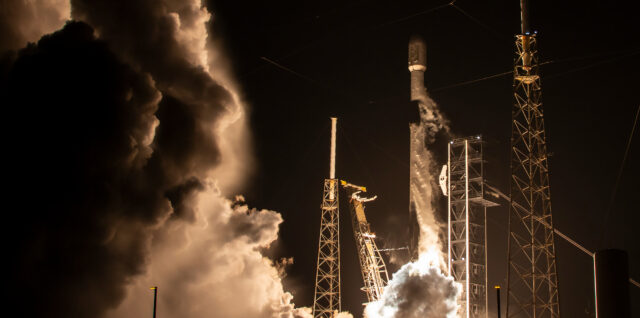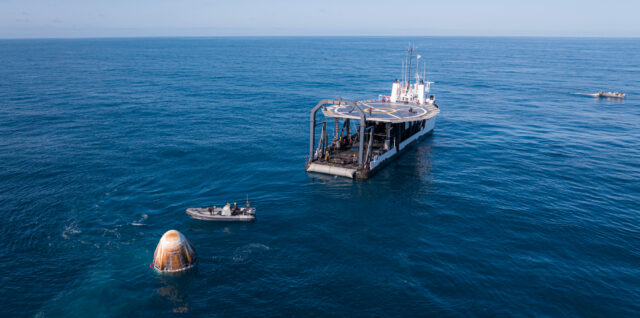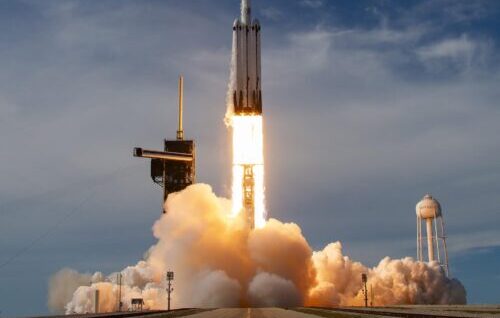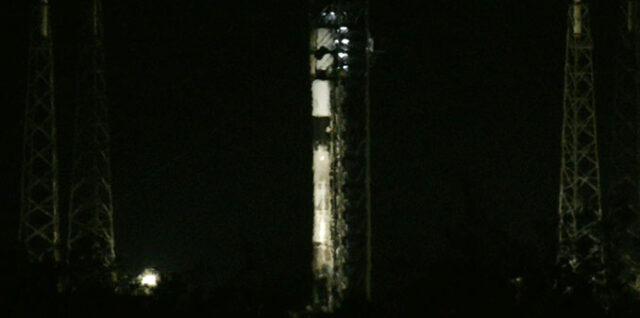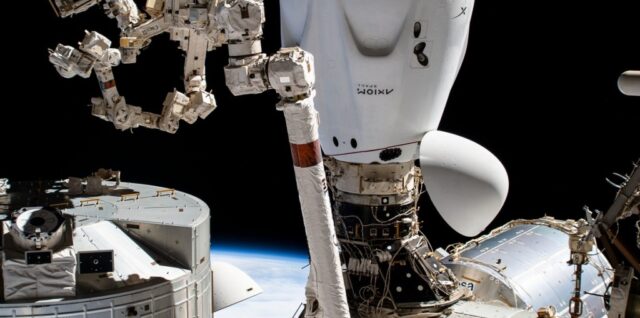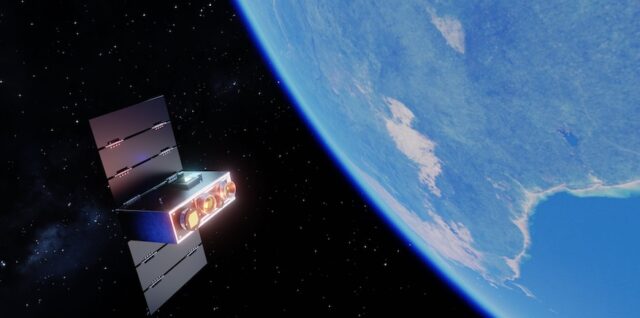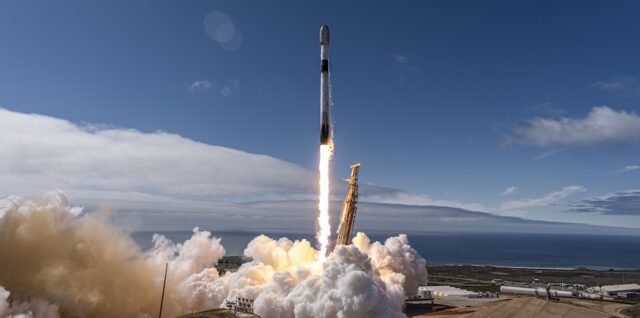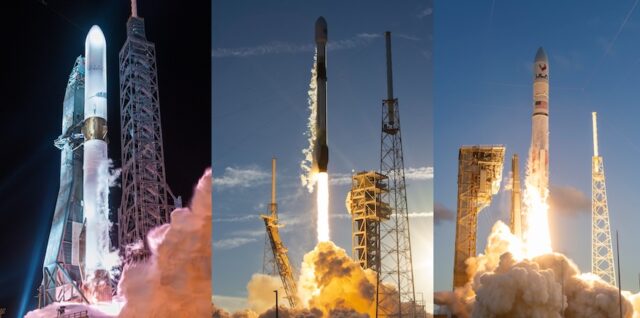
Blue Origin’s New Glenn, SpaceX’s Falcon 9 and ULA’s Vulcan rockets launch from their respective pads. Image: Blue Origin, SpaceX, United Launch Alliance A long-awaited launch contract for national security missions was announced by the U.S. Space Force after close of business Friday evening. The mission spreads nearly $14 billion worth of missions between Blue Origin, SpaceX and United Launch Alliance (ULA). The contract is known as Lane 2 of the National Security Space Launch (NSSL) Phase 3. These are firm fixed-price, indefinite-delivery contracts that will be issued in batches of missions to the launch providers over a five-year period beginning in FY25. “Today’s award culminates nearly three years of government and industry partnership to increase launch resiliency and capacity,” explained Brig. Gen. Kristin Panzenhagen, Program Executive Officer for Assured Access to Space. “The result is assured access to space for our national security missions, which increases the military’s readiness.” Brig. Gen. Kristin Panzenhagen gives a keynote address at the second annual Space Force Association’s Spacepower Conference on Thursday, Dec. 12, 2024. Image: Will Robinson-Smith/Spaceflight Now The Space Force anticipates awarding 54 launches across the five order years with SpaceX receiving about 60 percent of the missions (28 launches), ULA getting 40 percent (19 launches) and Blue Origin getting seven missions. The missions, once assigned are “projected to have a nominal two-year integration resulting in launches from FY27-FY32. In reality, a number of national security payloads have previously faced years of delays caused by the payload and not the rocket. For instance, the USSF-52 mission, which was the most recent flight of the X-37B orbital spaceplane, was awarded to SpaceX as part of the Evolved Expendable Launch Vehicle Phase 1A (changed to NSSL in 2019) contract in 2018 and was projected to launch in FY20. However, it ended up launching in December 2023. Continue ReadingU.S. Space Force awards $13.7 billion in new national security launch contracts to Blue Origin, SpaceX and ULA→


